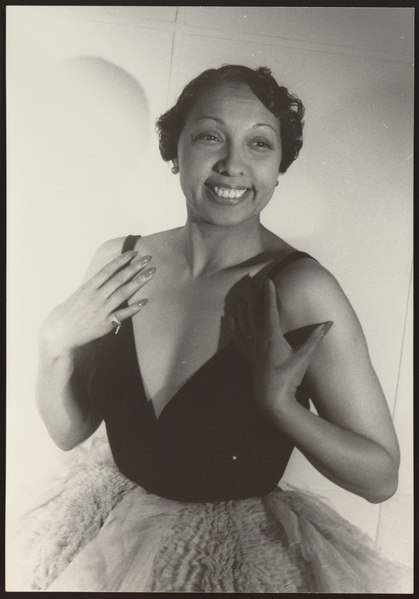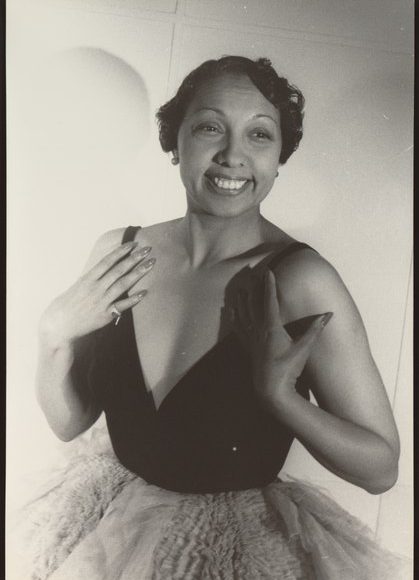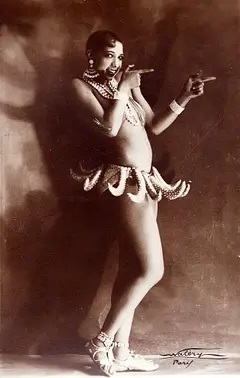Josephine Baker, singer and dancer, heroine of wartime French Resistance, later a civil rights and peace activist, will be re-interred at the Panthéon monument in Paris, making the entertainer the first black woman to receive the country’s highest honour.
American-born but by choice a Parisian, Baker, who died in 1975, was buried in Monaco, dressed in a French military uniform with the medals she received for her role as part of the French Resistance. President Macron has announced that a re-interment ceremony is planned for November 30, 2021, at the Paris monument, which houses the remains of scientist Marie Curie, French philosopher Voltaire, writer Victor Hugo and other French luminaries.
Born in St Louis, Missouri, in 1906, Baker moved to Paris in 1925 in flight from the racism and segregation she encountered in the United States. She performed at le Théâtre des Champs-Elysées and later at les Folies-Bergère in Paris, becoming a mega-star, adulated by many followers. She posed for Picasso, among other artists; F. Scott Fitzgerald and numerous writers praised her, with Colette calling her a ‘beautiful panther’. André Levinson wrote: ‘Some of her poses, with her waist curved inward, her rump projecting, her arms interlaced and lifted in semblance of a phallic symbol … evoke all the marvels of noble black statuary: she is no longer the dancing girl… she is the Black Venus…’
Baker, together with Maurice Chevalier, entertained many of the French troops, during WWII, and also was a Resistance courier of information passed between the French and their allies as she used her celebrity status for travel purposes (with documents hidden in her underwear).
Baker took part in 1963 in the March on Washington for Jobs and Freedom alongside the Reverend Martin Luther King Jr., who made his ‘I have a Dream’ speech there. She had become a French citizen after her marriage to industrialist Jean Lion in 1937. Between 1954 and 1965, three husbands later, she adopted 12 orphaned or destitute children of different ethnicities, calling them her ‘rainbow tribe’. One of her most celebrated numbers was ‘J’ai deux amours—mon pays et Paris.’
A fine biography, Jazz Cleopatra, by Phyllis Rose was published in 1989. The International Encyclopedia of Dance entry on Baker has an inspiring cameo of her by Marie-Francoise Christout, which reads—‘The “black pearl” is remembered for her feline walk, her warmth, and her exceptional rhythmic spontaneity. She received France’s Croix de Guerre for her work during the war, as well as the medal of the City of Paris and membership in the Legion’. The French certainly know how to honour and re-bury their dead.
Jennifer Shennan, 23 August 2021
Featured image: Josephine Baker, 1949. Photo: Carl van Vechten, Van Vechten Collection at Library of Congress, Public Domain




An updated BBC press release now states that Josephine Baker will continue to lie buried in Monaco, but that a plaque in her honour will be installed at the Panthéon in Paris
Thanks for the update Jennifer. There were so many reports about her being reinterred too. So I have to wonder what was going on in the media?